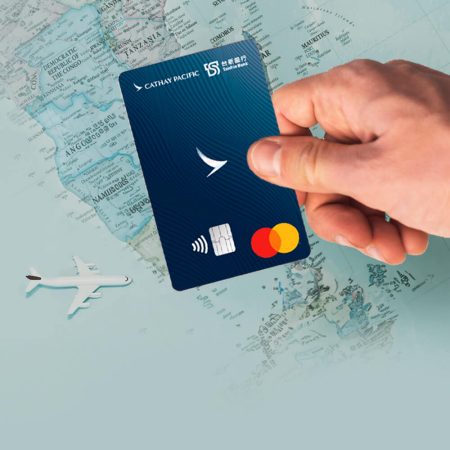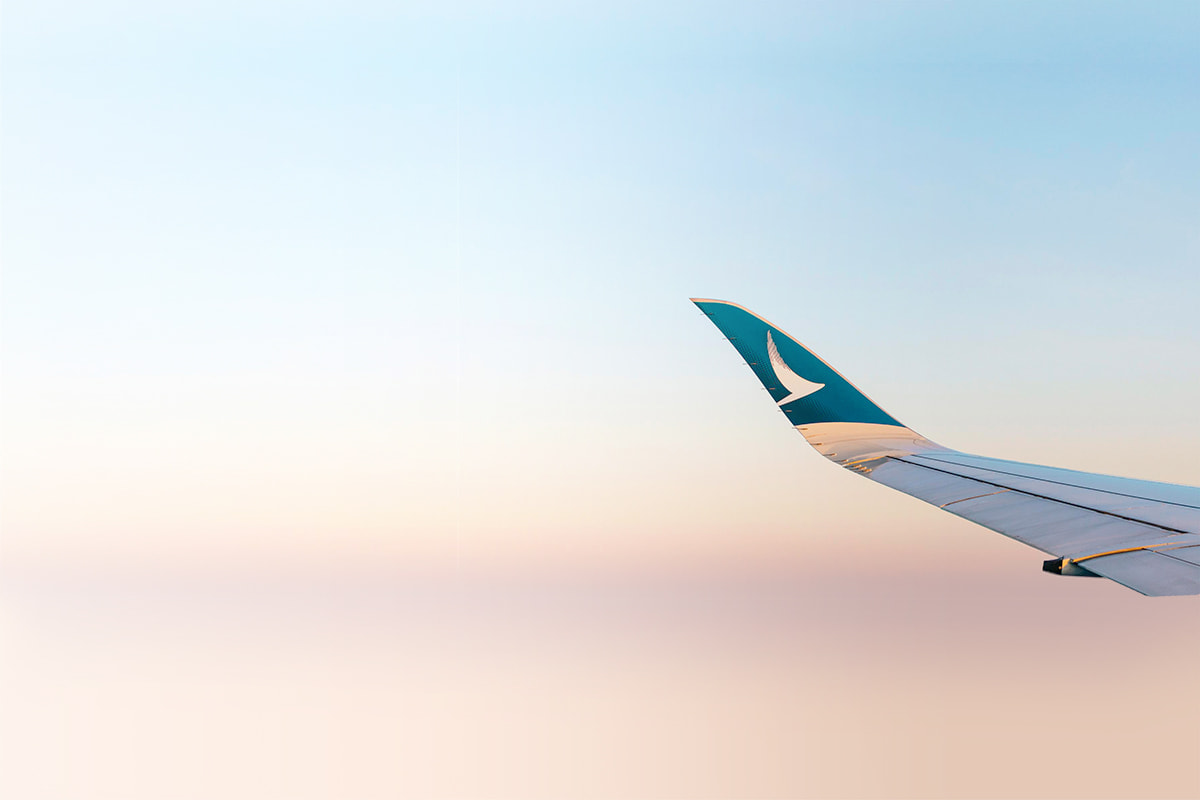How Cathay Pacific flight simulators prepare pilots for any scenario
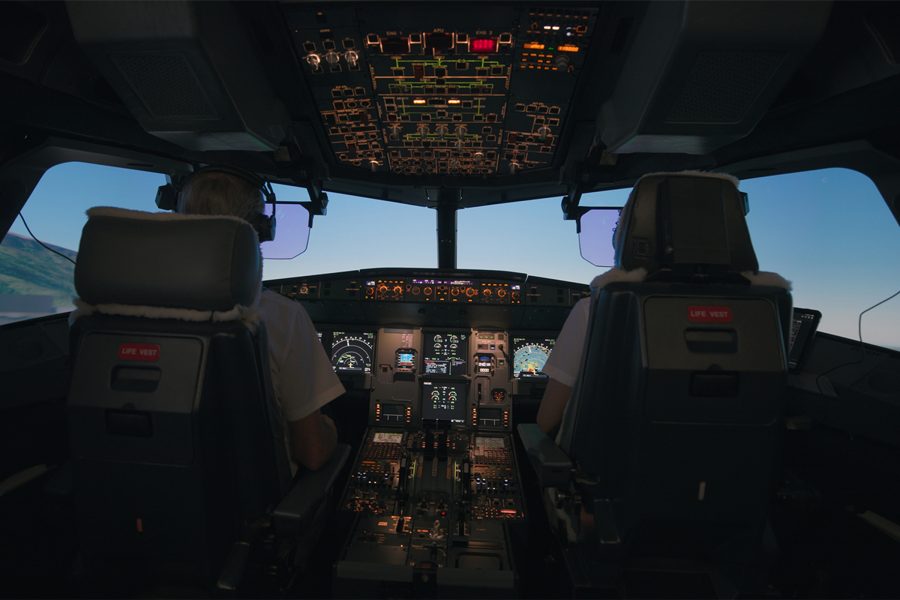
Becoming a pilot takes hard, dedicated work – lots of it. With so much at stake in the skies, especially in the form of adverse weather, it’s essential that pilots are equipped to safely navigate the full spectrum of nature’s challenges. “Up there, things can change in a heartbeat – windshear, bird strikes, volcanic ash,” says Sam Manifold, Deputy Flying Training Manager of Airbus at Cathay Pacific. “That’s why we spend hundreds of hours down here preparing our pilots for anything. Practice makes perfect.”
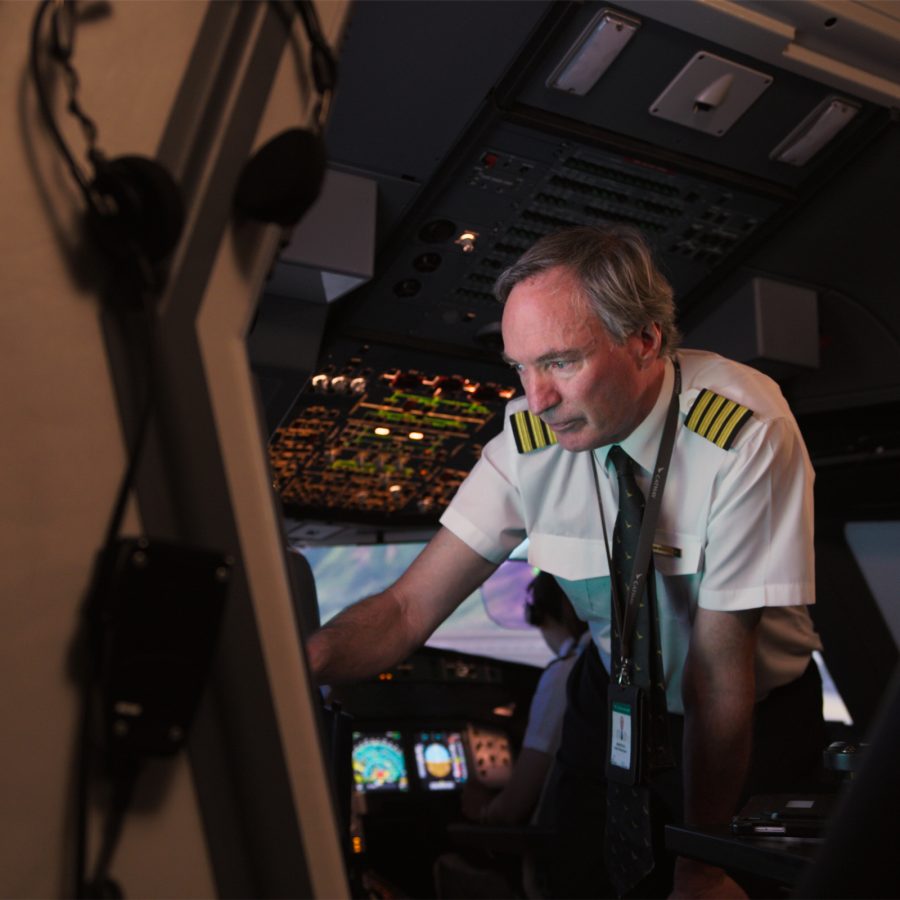

The simplest and safest way to ensure that pilots are prepared for every eventuality is the hundreds of hours they clock on the ground learning to fly. Flight simulators are the high-tech “sweatboxes” where captains earn their stripes. “If I put you into a simulator, I can give you almost perfect visuals. I can give you exactly what the cockpit looks like and feels like. All the systems and warning systems are exactly the same,” adds Manifold.
Among more than 30 training devices at the Cathay Pacific Flight Training Centre, there are 12 full-time flight simulators operating day and night, with two more shortly going online in January. And thanks to a recent innovation, we’ve unlocked hundreds of hours of extra training time – dramatically increasing training capacity and reducing downtime for our pilots.
First Officer Connie Chan joined Cathay Pacific after working in a bank. Despite having no previous aviation experience, she was able to learn how to fly a jet with the help of simulator training. Today, she flies A330 and A350 aircraft on major routes around the network. “Cathay Pacific is one of the very few airlines that runs a cadet programme and is open to recruiting people with no aviation background,” she says. “We have in-house simulators, which is quite rare in the industry. The simulators are highly accurate. Sometimes I don’t even realise that I’m in the sim – I think I’m in a real aircraft.”


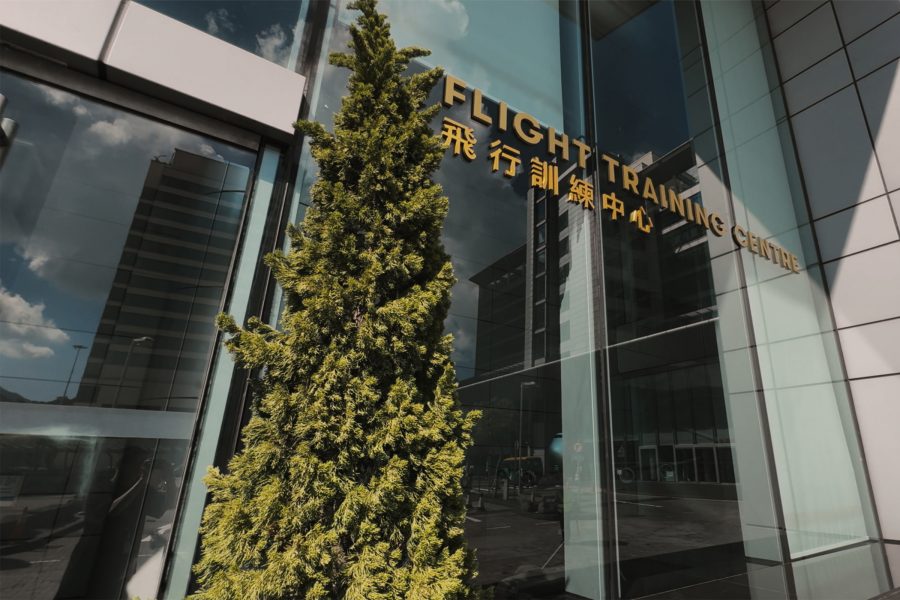
Typically, our trainees use the flight simulator once every three months to renew their qualifications. This allows future captains to practice normal flying procedures and respond to sudden changes, like engine failures and depressurisations, as well as extreme weather conditions and severe turbulence. Chan recalls how a sudden weather change caused her to lose a landing during training. With the help of simulator training, she was able to practise landings with progressively more challenging conditions. This experience gave her more confidence to handle real life conditions, which ultimately helped her progress to the rank of First Officer.
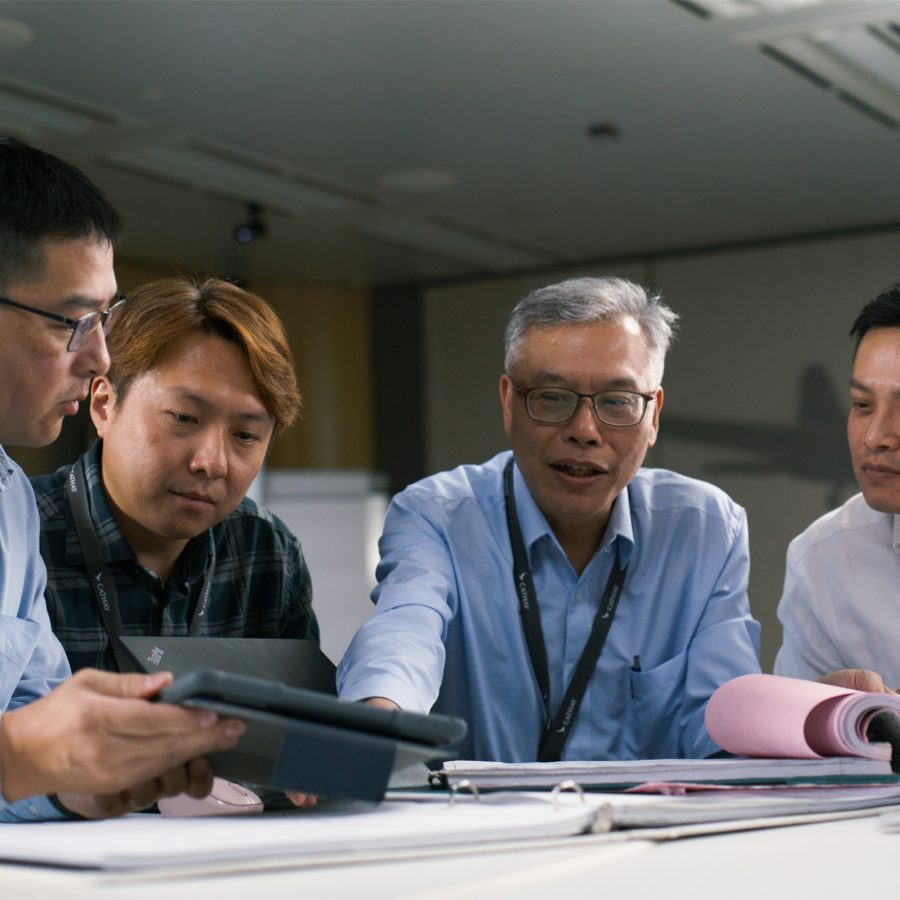
In the video you’ll hear from our captains, simulator engineers, the flight operations team and trainee pilots, and learn how internal innovation helped improve simulator reliability, enabling faster qualification and deployment of skilled pilots. “You will likely never see the simulator. But you can feel the impact of our work whenever you fly,” says Adrian Ko, Cathay Pacific Flight Simulator Engineering Manager, “and that fills me with joy.”
“Improving the quality of the simulators and improving the quality of pilots – it goes hand in hand,” adds Manifold. “You need devices to be stable, full-flight, high fidelity… the most real scenarios possible so the pilot gets that experience. At Cathay Pacific, we understand that even the smallest step can elevate our service greatly. Even the simplest change can have a huge impact for passengers.”

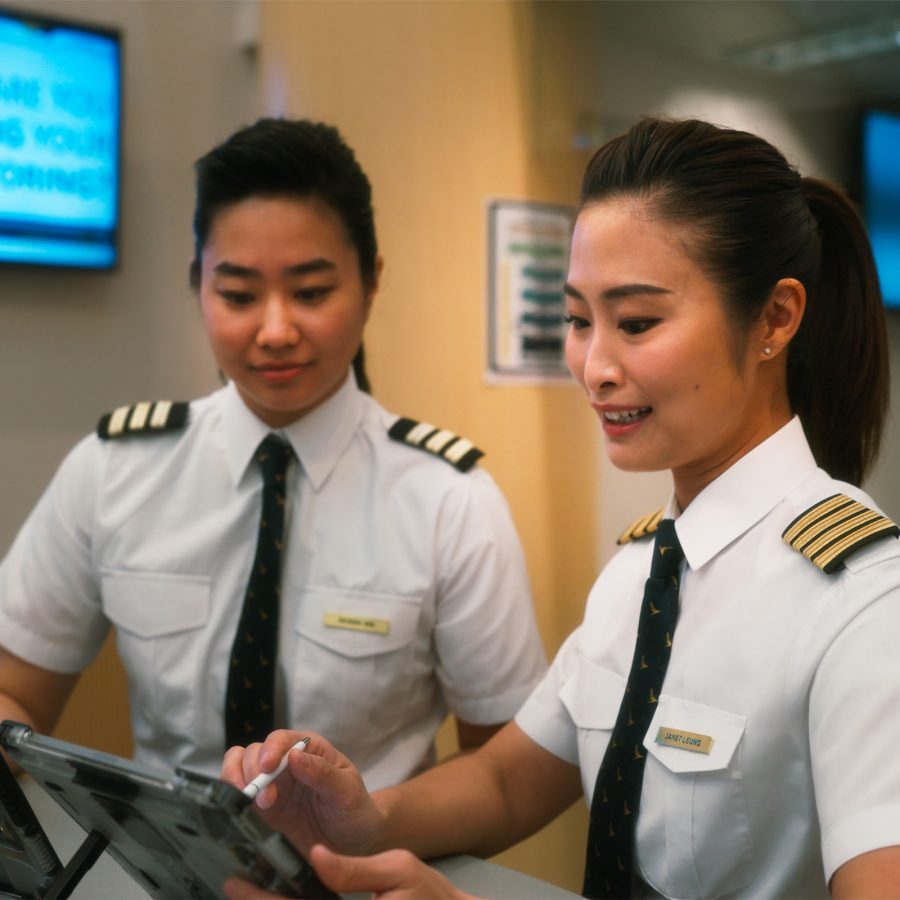
Manifold and Ko worked with more than 40 pilots to find ways to increase the reliability and efficiency of our flight simulators. There were some notable improvements including swapping out paperwork and introducing tablets for reports, which greatly improved efficiency. They also successfully introduced a new e-tech log device for recording simulator errors that significantly shaved off reset times and increased computer reliability.
“People may see it as a small, trivial, housekeeping task,” says Ko. In reality, it isn’t. “That trivial process is the bloodstream of our operation. Every logged defect, every tick of downtime, every delay in getting a simulator back online, it stacks up. What feels like an admin chore to some is a roadblock to thousands more training hours.”
Manifold details how Cathay Pacific’s “legacy system” has been upgraded through digitisation, making it easier to track flaws and analyse faults so they can be quickly fixed. This considerably shortens the turnaround when the system is offline. Meanwhile simulator outage breaks the continuity and authenticity of simulations, which can ultimately undermine how immersive and effective the training is. “If we break the continuity, the event becomes unfinished,” he adds, “so it’s very important that the simulators are reliable.”
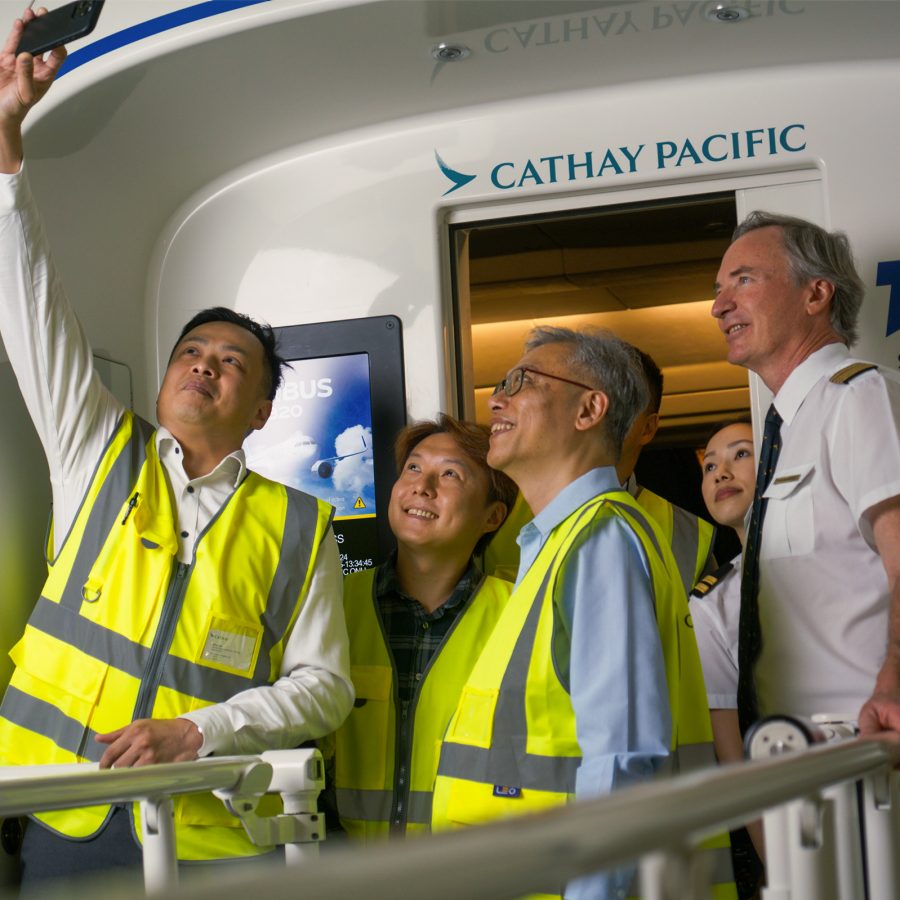
These improvements created 8,000 minutes of extra simulator time over a seven- month period – invaluable additional training experience that will benefit all of Cathay Pacific’s pilots. With improved simulator efficiency, more pilots can now train more of the time, with fewer disruptions,” says Manifold. “This means we can serve more passengers across more flights, with pilots more efficiently trained to tackle any challenges coming their way.”
Through a combination of smart engineering and relentless refinement, Manifold and his colleagues are helping Cathay Pacific stay at the forefront of global aviation safety – one flight simulation at a time.
More inspiration
- China – the Chinese Mainland, Hong Kong SAR, Macao SAR and Taiwan Region
- Hong Kong SAR - English
- Chinese Mainland (China) - English
- Taiwan, China - English
- 香港特別行政區 - 繁體中文
- 中国內地 - 简体中文
- 中國台灣 - 繁體中文
- Africa
- South Africa - English
- Asia
- Bangladesh - English
- Korea - English
- Singapore - English
- Cambodia - English
- 한국 - 한국어
- Sri Lanka - English
- India - English
- Malaysia - English
- Thailand - English
- Indonesia - English
- Maldives - English
- ประเทศไทย - ภาษาไทย
- Indonesia - Bahasa Indonesia
- Myanmar - English
- Vietnam - English
- Japan - English
- Nepal - English
- Việt Nam - tiếng Việt
- 日本 - 日本語
- Philippines - English
- Australasia
- Australia - English
- New Zealand - English




